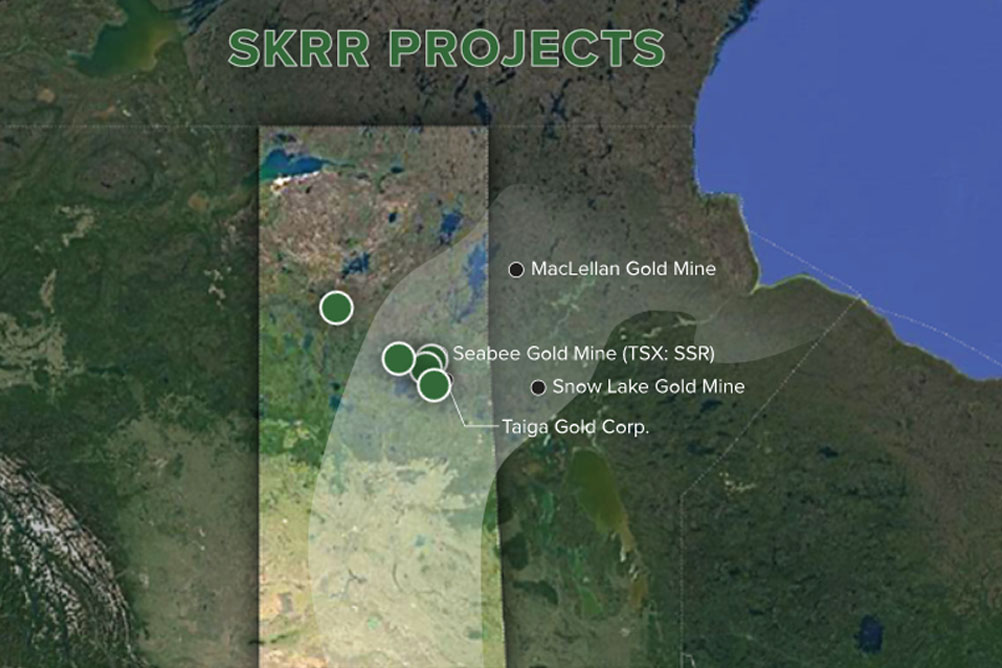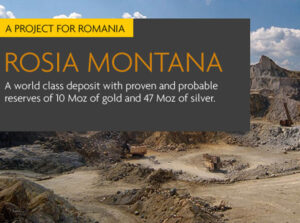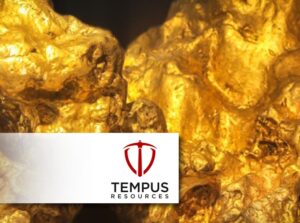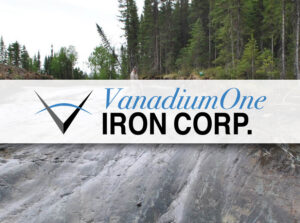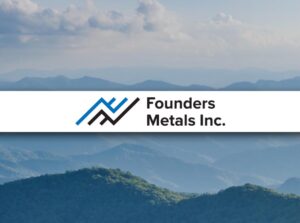COMPANY PRESS RELEASE
SKRR Exploration Inc. (TSXV: SKRR) announces that it will commence drilling on or about September 15, 2021 on the 100% owned Manson Bay gold project located in the Trans Hudson Corridor in east-central Saskatchewan, approximately 40km northwest of the historic mining center of Flin Flon, on the Manitoba border. The Manson Bay Project consists of 13 mineral claims compromising a total of approximately 4,293 hectares.
The Company has approved a $1,000,000 budget to explore the Manson Bay Project for late summer – fall of 2021. The program includes an airborne VTEM “Versatile Time Domain Electromagnetic” survey, a 1700m 9-hole drill program as well as mapping, prospecting and soil grid surveying.
2021 Manson Bay Drill Program
QB Drilling has been contracted to conduct a 1700m, 9-hole NQ core drill program at the Manson Bay Project. The primary focus of the drilling will be to test the historic Manson Bay Gold Zone, where historic drilling by HudBay Minerals (1985) and MinGold Resources (1987-88) outlined the Manson Bay Gold Zone, with highlights such as drill hole MBO-15 intersected 15.39 g/t Au over 10.03m including a high-grade interval of 23.13 g/t Au over 6.40m.
Drill targets are still being finalized, but it is expected that seven (7) holes will test within the known Manson Bay Gold Zone, with the aim to confirm and expand upon historic results, and two (2) step-out holes contingent on results from the summer mapping and soil geochemistry surveys.
The 2021 Manson Bay drilling targets are based on a comprehensive compilation and modelling of all available data including historic drilling, and from the recent fieldwork completed by SKRR.
2021 VTEM Airborne Survey
Geotech Ltd. has been contracted to conduct a 223 line-km, 100m line space, VTEM helicopter supported airborne survey to be flown over areas of the property which will compliment and tie in to historic VTEM survey flown in 2008. The VTEM survey allows for the simultaneous measurement of chargeability, conductivity and magnetic susceptibility in underlying bedrock beneath overburden and lake cover.
This essentially provides a geophysics tool to map the subsurface lithology, structure, hydrothermal alteration, all of which can associated with structurally controlled mineralization such as that seen at the Manson Bay Gold Zone. Thus, the VTEM survey can assist in providing an overall picture of the subsurface geology and the ability to target features associated with mineralized trends and thus used to help target drill holes. A review of the 2008 survey results, shows very good correlation to magnetic and electromagnetic “EM” highs and the Manson Bay Gold Zone.
Manson Bay Gold Zone Details
The mineral occurrence located on the Manson Bay Property referred to as the Manson Bay Gold Zone is documented in the Saskatchewan Mineral Deposit Index (“SMDI”) as occurrence #2280. Staking and exploration on the Manson Bay and Manson Bay South properties dates back to 1953.
Kay Lake Mines Ltd. acquired the property in 1955 and conducted an electromagnetic survey in 1955, and in 1956 followed up with a diamond drill program to test the anomalies along the northeast shore of Manson Bay. Hudson Bay Exploration optioned the property in 1983 and completed 3 drill holes. Drill holes MBO-1 and 2 intersected the mineralization described by this showing. Discovery drill hole MBO-1 encountered an 0.8 ft intersection that returned 0.04 oz./ton Au, 4.38 oz./ton Ag, 5.81% Cu and 0.60% Zn.
Between 1987 and 1988, Mingold Resources Limited completed a further 43 drill holes (MBO-4 to MBO-46) to outline a gold-copper rich zone of mineralization. Mingold estimated reserves for this ore shoot of 660,000 tons grading 0.10 oz/ton (3.4 g/t) Au* to a depth of 400 feet (down dip) at the end of this drill program.
Geologically, the area straddles the transition zone between the highly metamorphosed (upper amphibolite facies) Amisk Group interlayered volcanics and metasediments to the south and the Kisseynew gneiss belt derived wackes (garnetiferous quartz-feldspar-biotite-hornblende gneiss, quartz-feldspar- hornblende-garnet± biotite gneiss, biotite migmatite, and sericitic quartz- feldspar-biotite schist) to the north and to the east. Pegmatite and calc-silicate gneiss are found in almost all drill holes.
Structurally, the showing area occupies the core of the Schotts Lake anticline. The host rocks have a northeast strike and dip 20°to 30°SE. Lineations indicate a plunge of 21° to 40°NE.
The Manson Bay Gold Zone showing consists of a silicified horizon within a northeast-trending shear zone. Mineralization has been traced over a strike length of 2400 ft (731.5 m) within this silicified shear zone. The mineralized horizon is a quartz-rich gneiss that contains hornblende-feldspar-biotite and locally chlorite and tourmaline crystals. Minerals present include trace to 15% pyrite, trace to 20% pyrrhotite, up to 10% graphite, trace to 12% chalcopyrite, trace to 10% sphalerite, trace galena and associated gold mineralization.
Delineation drilling, at 100 to 200 ft (30.5 to 61.0 m) centers, has outlined an area approximately 300 ft by 500 ft (91.4 m by 152.4 m) where an average 12 ft 3.65 m) width grades between 0.092 and 0.679 oz./ton Au (11 intersections). Other zones of less significant Cu-Au mineralization have been located along strike.
The above results were summarized from the SMDI descriptions and assessment reports filed with the Saskatchewan government. SKRR cautions that historical results were collected and reported by past operators and have not been verified nor confirmed by a Qualified Person, but form a basis for ongoing work at the Manson Bay Project.
Further work (including drilling) is required by SKRR in order to verify the historical work on the Manson Bay Project. Management cautions that past results or discoveries on proximate land are not necessarily indicative of the results that may be achieved on the subject properties.

Beaver Creek Precious Metals Summit
SKRR is pleased to announce that Sherman Dahl, Chief Executive Officer and Director, will attend the 2021 Beaver Creek Precious Metals Summit in-person from September 8 to 11, 2021.
Qualified Person
The scientific and technical information contained in this news release has been reviewed and approved by Ross McElroy P.Geol, a director of the Company and a “Qualified Person” as defined in National Instrument 43-101 – Standards of Disclosure for Mineral Projects. Mr. McElroy verified the data disclosed (unless indicated otherwise) which includes a review of the sampling, analytical and test data underlying the information and opinions contained therein.
About SKRR Exploration Inc.:
SKRR is a Canadian-based precious metal explorer with properties in Saskatchewan – one of the world’s highest ranked mining jurisdictions. The primary exploration focus is on the Trans-Hudson Corridor in Saskatchewan in search of world class precious metal deposits. The Trans-Hudson Orogen – although extremely well known in geological terms has been significantly under-explored in Saskatchewan. SKRR is committed to all stakeholders including shareholders, all its partners and the environment in which it operates.
ON BEHALF OF THE BOARD
Sherman Dahl
President & CEO
Tel: 250-558-8340
Forward-Looking Information
This news release contains “forward‐looking information or statements” within the meaning of applicable securities laws, which may include, without limitation, statements that address the planned drilling and geophysical survey on the Manson Bay Project and the expected outcomes, attending the precious metals conference, other statements relating to the technical, financial and business prospects of the Company, its projects and other matters. All statements in this news release, other than statements of historical facts, that address events or developments that the Company expects to occur, are forward-looking statements. Although the Company believes the expectations expressed in such forward-looking statements are based on reasonable assumptions, such statements are not guarantees of future performance and actual results may differ materially from those in the forward-looking statements. Such statements and information are based on numerous assumptions regarding present and future business strategies and the environment in which the Company will operate in the future, including the price of metals, the ability to achieve its goals, the ability to secure equipment and personnel to carry out work programs, that general business and economic conditions will not change in a material adverse manner, that financing will be available if and when needed and on reasonable terms. Such forward-looking information reflects the Company’s views with respect to future events and is subject to risks, uncertainties and assumptions, including those filed under the Company’s profile on SEDAR at www.sedar.com. There is a possibility that future exploration, development or mining results will not be consistent with the Company’s expectations. Factors that could cause actual results to differ materially from those in forward looking statements include, but are not limited to, continued availability of capital and financing and general economic, market or business conditions, adverse weather conditions, decrease in the price of gold and other metals, equipment failures or failure to obtain the necessary equipment, adverse weather and climate conditions, failure to maintain all necessary government permits, approvals and authorizations, the impact of Covid-19 or other viruses and diseases on the Company’s ability to operate, failure to maintain community acceptance (including First Nations), increase in costs, litigation, and failure of counterparties to perform their contractual obligations. The Company does not undertake to update forward‐looking statements or forward‐looking information, except as required by law.

